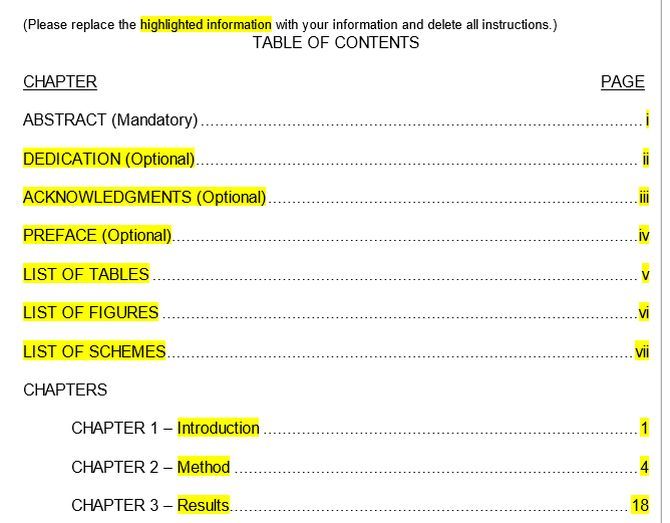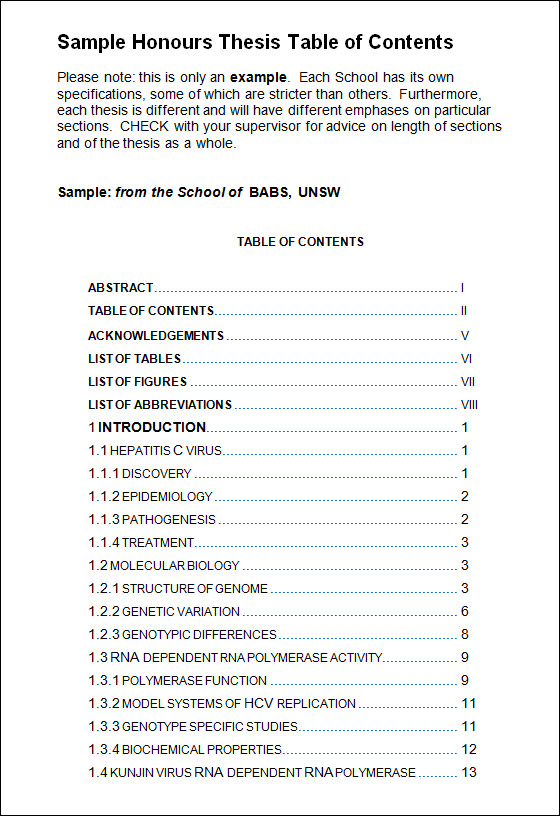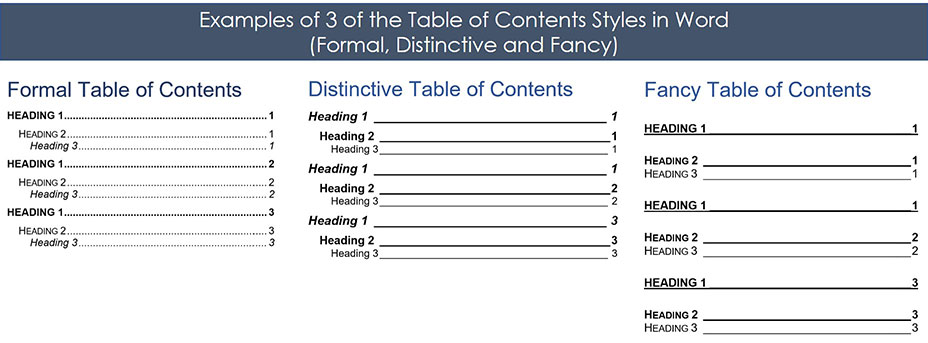


I will be building some conditions in PowerApp and the display in word template would be a simple mapping exercise. I am not going to build any conditions in the word template itself i.e.

Therefore, any solution to meet this requirement without relying on any 3rd part add-on is going to be a workaround.īefore discussing the solution, let me be clear here. Apparently, it is a simple requirement but when it comes to the capability of Document Templates, there is no straightforward way to achieve it. Recently, one of the community members stated a requirement where he needed to display the checkbox checked/unchecked conditionally and this is what I will be discussing in this post. However, if I had to just display a checkbox with the T&Cs clause, I could have added just a static checkbox control as checked (ticked)in the template which may have been fine because the UI did not allow you to save it without marking it as Yes. My input form had the T&Cs Yes/No as mandatory and therefor it had to be set to Yes before you could save the record and that was directly reflected in the clause without needing a checkbox as checked. If you have read my post on Capturing and printing on document template using Pen Control and Microsoft Flow, you may have noticed that while the input form had a Yes/No flip control (which is equivalent to a checkbox without the use of flip control) and the generated document did not have that checkbox on the document itself.

Your table of contents will now be removed from your document.Adding Checkbox or Star Rating To Word Document Template All you need to do is select it and then click the arrow on the menu that appears.Īt the bottom of the drop-down menu, select “Remove Table of Contents.” Removing the table of contents is simple. This is very useful when you want to add or remove a heading from the table of contents. Your table of contents will now be updated.
#INTERACTIVE TABLE OF CONTENTS WORD DOCUMENT TEMPLATE UPDATE#
To update your table of contents, select it, click “Update Table” on the pop-up menu that appears, and then choose whether you want to update only the page numbers or the entire table. If you ever need to add or remove a section from your document, you can easily update the table of contents to reflect those changes. In the Table of Contents Options window, next to each available style you want to use (these are Word’s built-in styles starting with Heading 4), type the TOC level you wish to use. In the Table of Contents window that opens, click the “Options” button. On the dropdown menu when you click the “Table of Contents” button, choose the “Custom Table of Contents” option. If you want your table of contents to go deeper than the top three heading styles, you can do that, too. So if you use the automatic table and you want sub-levels in your ToC, you will need to use heading 1 for level 1, heading 2 for level 2, and heading 3 for level 3. Each level represents a heading style in your document. You may notice in this table of contents that there are sub-levels. If you chose the “Manual Table” option from the “Table of Contents” drop-down menu, then it will insert a template for you that you will need to edit yourself. Selecting either Automatic Table 1 or 2 will create the table of contents using the names of the headings. The only difference between Automatic Table 1 and 2 is the title, which is “Contents” and “Table of Contents,” respectively. Here, you can choose between the three different built-in tables. Once ready, head over to the “References” tab and select “Table of Contents.”Ī drop-down menu will appear. The first thing you need to do is put the cursor where you want the table of contents to appear. Once you’ve applied your heading styles, it’s time to insert your table of contents. You can either apply the heading styles to each section after you’ve finished the document, or you can add them as you go. You can manage this in two different ways. If you’re not happy with the types of heading styles available, you can change the default heading style. In addition to making the document more reader-friendly, a table of contents also makes it easier for the author to go back and add or remove content if necessary.īy default, Word generates a table of contents using the first three built-in heading styles (Heading 1, Heading 2, and Heading 3). To apply heading styles, select the particular style from the “Home” tab. Regardless of the size of your document, using a table of contents can direct the reader to exactly where they need to be.


 0 kommentar(er)
0 kommentar(er)
